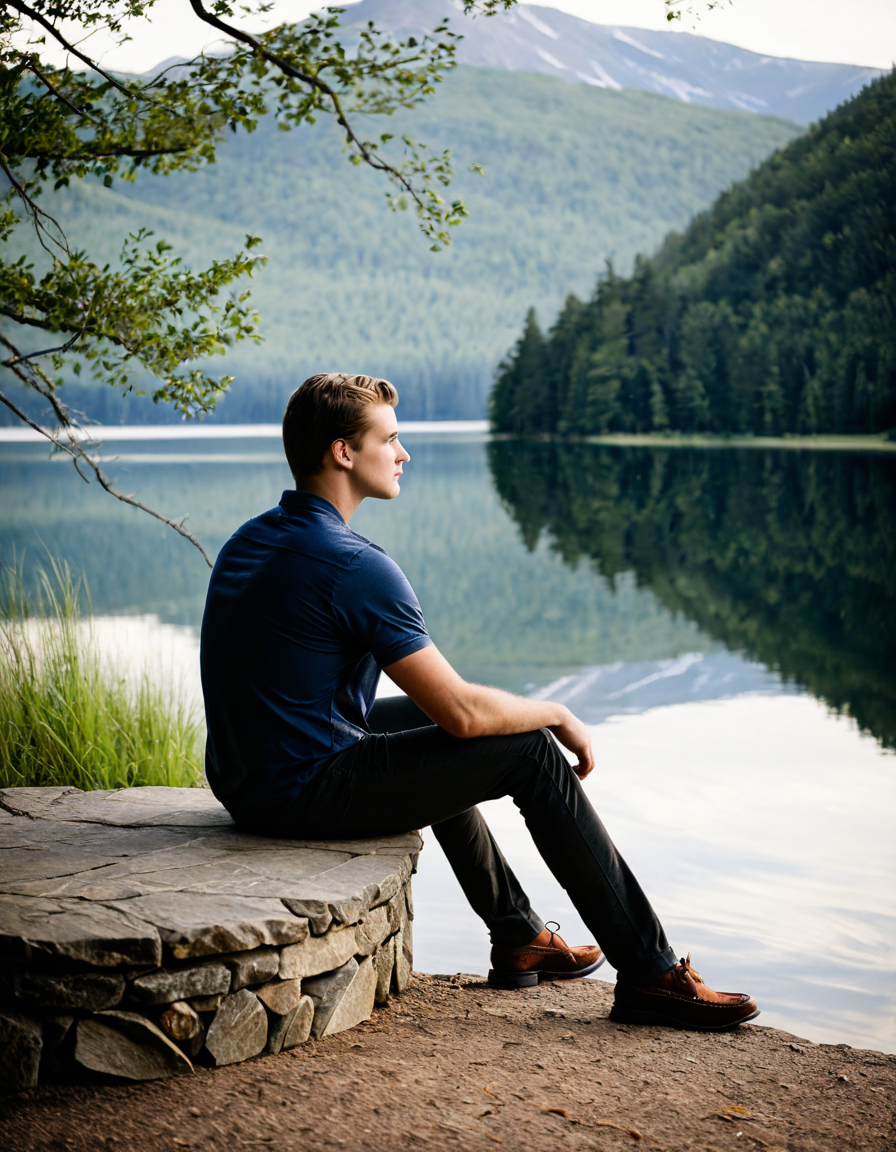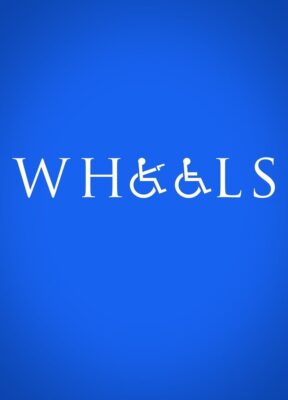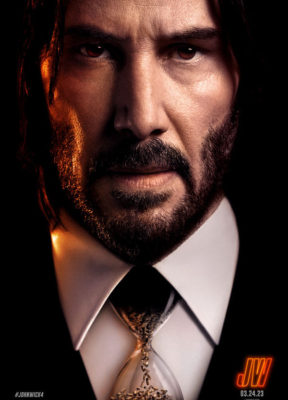
Burke Ramsey The Controversial Figure Behind A Tragic Case
1. The Case That Captured America – Understanding Burke Ramsey’s Role
The 1996 murder of six-year-old JonBenét Ramsey is a haunting case that keeps America guessing. At the center is Burke Ramsey, JonBenét’s older brother, who, even as a child, became a focal figure in this tragic story. His presence during the investigation and the shifts in public perception surrounding him have only deepened the enigma.
From the moment JonBenét was found, the media frenzy began. Burke’s actions that night raised eyebrows: Was he asleep? Did he hear anything? The tender age of nine meant little to the relentless scrutiny that would follow him. As interviews unfolded, Burke’s childlike demeanor clashed with the clouds of suspicion hovering overhead. Did those expressions reveal innocence or something darker? With every new detail, people’s opinions about him seemed to change, often igniting heated debates.
As Burke grew older, he faced waves of both empathy and criticism, making his life far more complicated. Understanding the pressures he endured can help clarify why Burke Ramsey’s narrative remains so muddled. It allows us to explore deeper themes of trauma, family dynamics, and public scrutiny in one of the most discussed cases in modern American history.

2. Top Five Key Events That Shaped Burke Ramsey’s Narrative
The tragic events on December 25, 1996, are crucial to understanding Burke’s role. According to reports, Burke was home when JonBenét’s body was discovered. The timeline of that night reveals a family’s seemingly idyllic Christmas shattered in an instant. With Burke reportedly wandering about when the police arrived, it raises myriad questions about his emotional state and actions.
The media spotlight felt unrelenting, especially after Burke made his television debut in multiple interviews. Notably, during his appearance with Barbara Walters, Burke’s calm demeanor unnerved many viewers. Fast forward to his Dr. Phil interview in 2016, and the tension amplified, creating a bizarre spectacle where viewers debated whether he was an innocent boy or hiding something. These moments captured society’s tendency to read guilt into calmness, especially in high-profile cases.
Over the years, Burke’s experiences included confrontations with media portrayals that didn’t hold back. In 2016, he sought justice through a defamation lawsuit against the creators of “The Case of: JonBenét Ramsey.” This legal action underscores the detriments of being painted as a suspect in a tragedy. The scrutiny he faced became a part of his everyday life, complicating his journey towards healing and understanding.
Living in the shadow of JonBenét’s murder left indelible marks on Burke. Child psychologists highlight that surviving such a traumatic incident can lead to long-term emotional issues. Burke faced a world that not only judged him, but also continually revived painful memories. Experts note that young individuals like Burke often struggle with guilt and confusion, magnified by constant media speculation that doesn’t always depict their reality.
As the years progressed, public opinion surrounding Burke began to shift. From budding suspicion surrounding his role, many began to see him as a young man caught in a web of tragedy. This evolution reflects broader societal tendencies toward empathy in the face of complex family narratives, demonstrating how public sentiment can transform over time, especially as more information became available.
3. Burke Ramsey: Victim or Villain in the Eyes of the Public?
The evolving narrative around Burke Ramsey has spurred countless discussions. Media portrayals swung like a pendulum, portraying Burke alternately as a suspect and as a victim of circumstance. In cases like Casey Anthony or Amanda Knox, public perception sometimes shifted quickly to vilification, often without complete investigation.
Burke’s tale is different. It’s a more complicated dance between innocence and suspicion. In the early days following the tragedy, many scrutinized his every move, finding bases for their theories about his involvement. Yet, as awareness grew of the family’s extraordinary ordeal, a more nuanced understanding formed—a recognition that Burke was caught in a tragic set of circumstances far beyond his control.
This highlights an important aspect of media ethics. The way Burke was portrayed shines a spotlight on how quickly people rush to conclusions without appreciating all the layers of complexity in such delicate situations. The blatant contrast between how he was painted can showcase the dangerous impulses of sensationalist taking, especially in cases of unspeakable family tragedy.

4. Burke Ramsey: A Life Beyond the Headlines
With decades passing since that horrific night, Burke Ramsey has aimed to carve out a life for himself far removed from the constant media prism under which he was born. His journey toward adulthood has been filled with challenges, each decision carefully weighed against the backdrop of past trauma.
To some, it may seem like he walks an impossibly thin line between wanting to reclaim his personal narrative and shield himself from public intrusion. He’s pursued various interests, including a career path that remains largely private. Interviews reveal that he wishes to focus on his aspirations much like a known figure, Edgardo Ramírez, who continually builds his career against the shadow of his earlier experiences.
In reflecting on future aspirations, the challenge for Burke comes down to two clear choices: embracing a public persona or retreating further into anonymity. Balancing these options could define the remainder of his journey—a quest for normalcy in a life painted a different hue by unfathomable circumstances.
5. The Ongoing Legacy of the Ramsey Case and Burke’s Place Within It
The fallout from the JonBenét Ramsey murder continues to resonate within contemporary discussions surrounding crime, media ethics, and lasting family trauma. Burke Ramsey finds himself entangled in a narrative that spans decades, a poignant reminder of how family dynamics can morph when thrust into the public eye.
Through the lens of Burke’s experience, we grasp the profound implications of relentless media speculation—how that scrutiny not only shapes public perception but also impacts the subjects involved. His journey illustrates the duality of being seen as a victim of circumstance, all while carrying a legacy steeped in tragedy.
As new true crime documentaries and narratives emerge, Burke Ramsey’s story offers layers worth exploring. His existence embodies the interplay between public perception and lived experiences, urging an empathetic understanding of true crime stories. The story surrounding Burke challenges us to approach narratives like his with care, recognizing the human cost entangled within them.
In closure, Burke Ramsey is not merely a name in a tragic case. He’s a living reminder of the fragility of family, the weight of unspeakable loss, and the enduring quest for understanding amid an ever-watchful society.
Burke Ramsey: The Controversial Figure Behind a Tragic Case
Burke Ramsey, a name forever linked to one of the most puzzling murder cases in American history, has sparked discussions and debates for decades. The tragic death of his sister, JonBenét Ramsey, continues to cast a long shadow. Interestingly, the media’s portrayal of Burke has evolved over the years, highlighting not just the horror surrounding that fateful night, but also his life afterward. For instance, many don’t know that Burke was just nine years old at the time of JonBenét’s death, an age where childhood innocence should reign, yet he faced extreme scrutiny and accusations. This unfortunate set of circumstances has made Burke a figure of obsession in pop culture, inspiring documentaries and even fictionalized accounts that echo the uncanny twin-like connection of the story to its almost cryptic allure, reminiscent of hits like Gloria Madagascar, which also dives deep into the mystery of identity and truth.
Speaking of pop culture connections, Burke’s story caught the attention of varied filmmakers and actors, one such being Édgar ramírez, known for his gripping performances in biographies. Considering how controversies shape narratives, filmmakers often make parallels between Burke’s life and broader societal issues. Changing views continue to reshape Burke’s public narrative, much like the opinion shifts around sports figures like Jason Pierre paul, who navigated a headline-making incident and remained in the spotlight. These instances exemplify how public perceptions can shift dramatically over time, reflecting not just on the personalities involved but also on society’s obsession with tragedy and truth-seeking.
Burke Ramsey’s life has also sparked theories that challenge the comfort of simple conclusions. Some speculate about the psychological impact of such a harrowing experience on a child, prompting discussions that echo the sentiments expressed in Paula Coles music, which often explores personal trauma and the quest for healing. Adding to that, media personalities like Kevin Harlan remind us how storytelling can shape public opinion, revealing how our narratives about real-life events can often feel scripted. Interestingly, with the rise of true-crime content, Burke’s life story has woven itself into a larger tapestry of intrigue similar to the humor found in Gary Larsons cartoons which often characterizes the absurdity within dark topics.
In the end, Burke Ramsey remains an enigmatic symbol of childhood lost in the depths of public tragedy. Whether through artistic lenses or factual recounts, his life invites us to ponder complex truths and the impact of generational trauma. Now, as Burke continues to seek a quiet life away from the limelight, one can’t help but reflect on how all these narratives—each with their own layers, like those explored by Simon Woods in his captivating works—intersect, leaving behind an indelible mark that resonates across various facets of culture.













